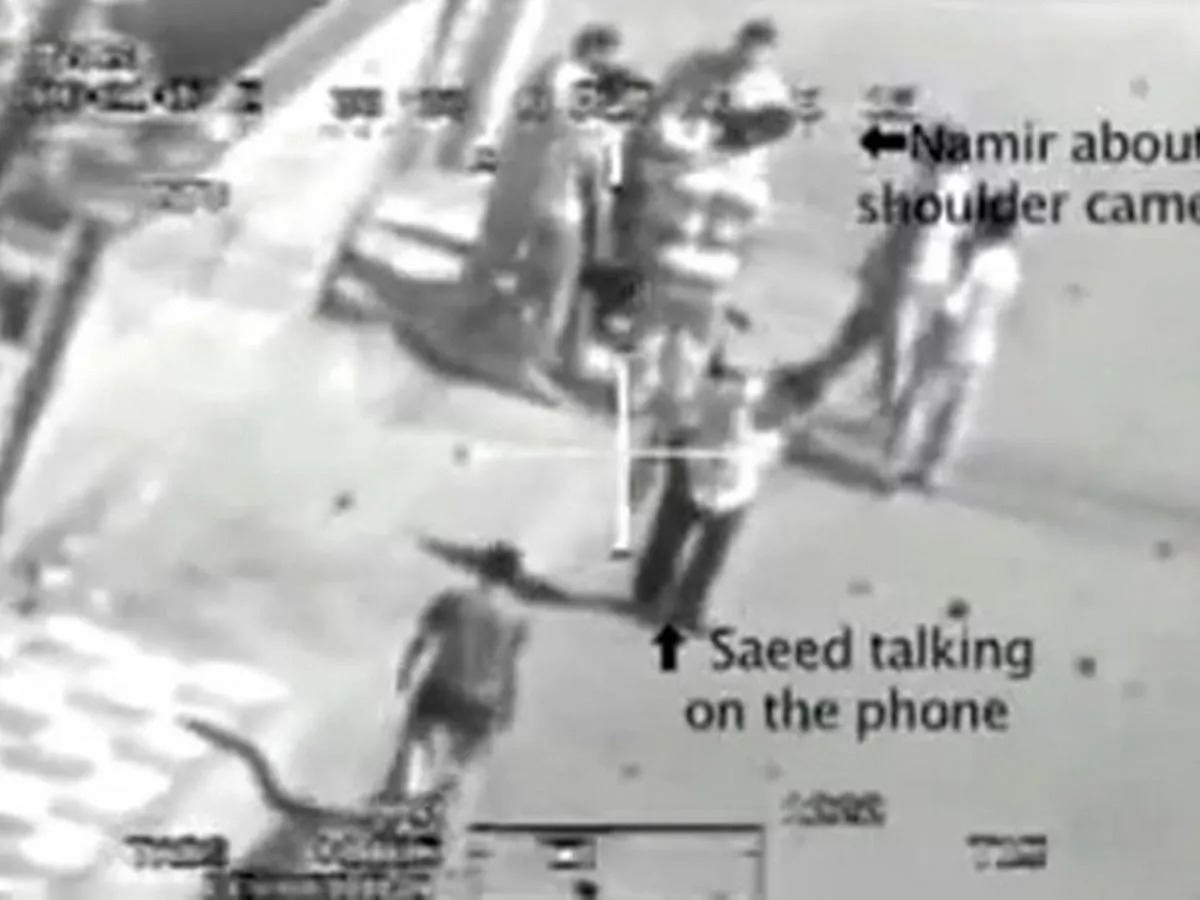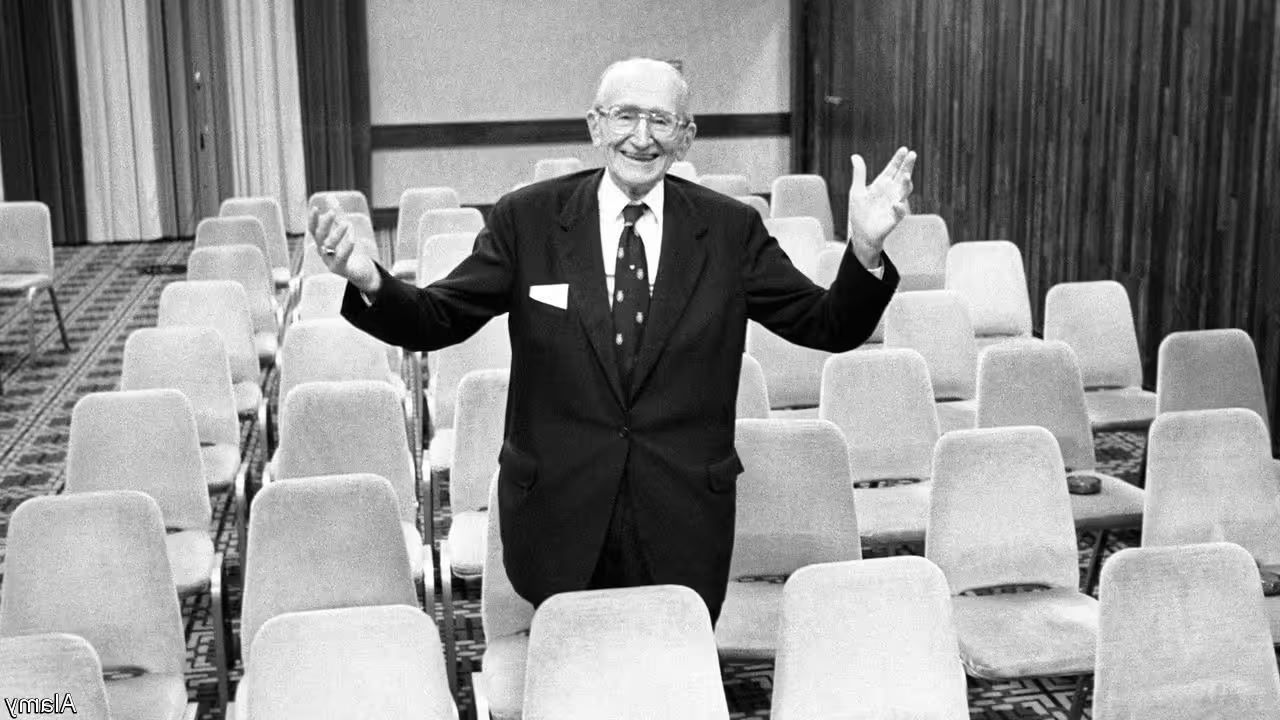
In 2010, WikiLeaks released a classified US military video that shook the world, known as “Collateral Murder.” This footage, captured from an Apache helicopter’s gunsight, starkly depicted the killing of 12 people, including two Reuters journalists, in Baghdad, Iraq. This event not only sparked global debates on military ethics and transparency but also catapulted WikiLeaks and its founder, Julian Assange, into the international spotlight. Understanding Collateral Murder is crucial for grasping the complexities of modern warfare, the importance of whistleblowers, and the power dynamics of information. Here, we’ll uncover 23 key facts about this pivotal moment, shedding light on its implications and why it remains a significant chapter in the history of digital journalism and international relations.
What is Collateral Murder?
In 2010, WikiLeaks released a classified US military video which was later dubbed “Collateral Murder.” This footage, taken from an Apache helicopter gun-sight, shows the killing of over a dozen people in the Iraqi suburb of New Baghdad — including two Reuters news staff.
Key Details of the Incident
- Date and Location: The incident occurred on July 12, 2007, in New Baghdad, a district of Baghdad, Iraq. This fact sets the stage for understanding the context and the gravity of the situation.
- Casualties: Among the dead were two Reuters employees, Namir Noor-Eldeen, a photographer, and his assistant, Saeed Chmagh. Their deaths brought significant international attention to the video.
- Children Injured: The attack also resulted in the injury of two children who were in a van that came to pick up the wounded.
The Release by WikiLeaks
- Publication Date: WikiLeaks published the footage on April 5, 2010, sparking a global debate on military ethics, rules of engagement, and the role of journalism in war zones.
- Impact on WikiLeaks: The release of “Collateral Murder” significantly raised WikiLeaks’ profile, establishing it as a major platform for whistleblowing and the publication of classified information.
Controversies and Reactions
- US Military’s Stance: The US military defended the actions of the helicopter crew, stating they believed they were engaging armed insurgents, not civilians.
- Public Outcry: The video caused widespread outrage among the public and human rights organizations, who argued it showed evidence of a war crime.
- Debate on Rules of Engagement: Critics questioned whether the US military’s rules of engagement were too loose, allowing for the unnecessary loss of civilian life.
Legal and Ethical Implications
- Investigations: Following the release, there were calls for investigations into the incident. However, the US military maintained that the actions of the helicopter crew were in accordance with the law of armed conflict.
- Whistleblower Prosecution: Chelsea Manning, the US Army intelligence analyst who leaked the video to WikiLeaks, was arrested and faced multiple charges, highlighting the risks whistleblowers face.
- Journalistic Freedoms: The incident raised questions about the safety of journalists in conflict zones and the extent to which militaries should go to protect them.
Legacy of Collateral Murder
- Public Awareness: “Collateral Murder” played a significant role in increasing public awareness about the realities of the Iraq War and the importance of transparency in military operations.
- Shift in Military Policy: While it’s hard to quantify, the incident may have influenced changes in how military operations are conducted, especially regarding the identification of targets.
- Impact on Whistleblowing: The release underscored the potential of whistleblowing to expose controversial actions by governments and militaries, sparking debates on the balance between national security and transparency.
- Media’s Role: The incident highlighted the critical role of independent media and investigative journalism in holding those in power accountable.
- Technological Implications: It also demonstrated how technology, especially the internet, could be used to bypass traditional media and governmental controls to bring sensitive information to light.
- Ethical Discussions: The video instigated discussions on the ethics of warfare, particularly regarding civilian casualties and the moral responsibilities of soldiers and their commanders.
- Legal Precedents: The prosecution of Chelsea Manning set a precedent for how future whistleblowers would be treated under US law, influencing both policy and public opinion.
- Global Dialogue: “Collateral Murder” sparked a global dialogue on war, ethics, and the role of state power in the digital age, contributing to a broader understanding of these complex issues.
- Advocacy for Change: The incident galvanized advocacy groups to push for more stringent rules of engagement and better protection for journalists and civilians in conflict zones.
- Educational Resource: Over time, the video has been used as an educational tool to teach about the ethics of war, journalism, and the power of digital media.
- Cultural Impact: The release of “Collateral Murder” has permeated popular culture, inspiring documentaries, films, and discussions about the role of media in society.
- Ongoing Debates: Years after its release, the video continues to provoke debate about the nature of modern warfare and the ethical boundaries of military engagement.
A Final Glance at Collateral Murder
Diving into the depths of Collateral Murder, we’ve journeyed through a maze of facts, shedding light on the complexities and controversies surrounding this WikiLeaks release. This event not only sparked global debates on military ethics and accountability but also highlighted the power of information in the digital age. Understanding the nuances of this incident helps us grasp the broader implications for media freedom, governmental transparency, and the ethical boundaries of warfare. As readers, gaining insights into such pivotal moments in history empowers us to critically assess the flow of information in our interconnected world. Let’s carry forward the lessons learned, keeping in mind the profound impact that a single piece of leaked footage can have on public perception, policy, and international discourse.
Was this page helpful?
Our commitment to delivering trustworthy and engaging content is at the heart of what we do. Each fact on our site is contributed by real users like you, bringing a wealth of diverse insights and information. To ensure the highest standards of accuracy and reliability, our dedicated editors meticulously review each submission. This process guarantees that the facts we share are not only fascinating but also credible. Trust in our commitment to quality and authenticity as you explore and learn with us.


